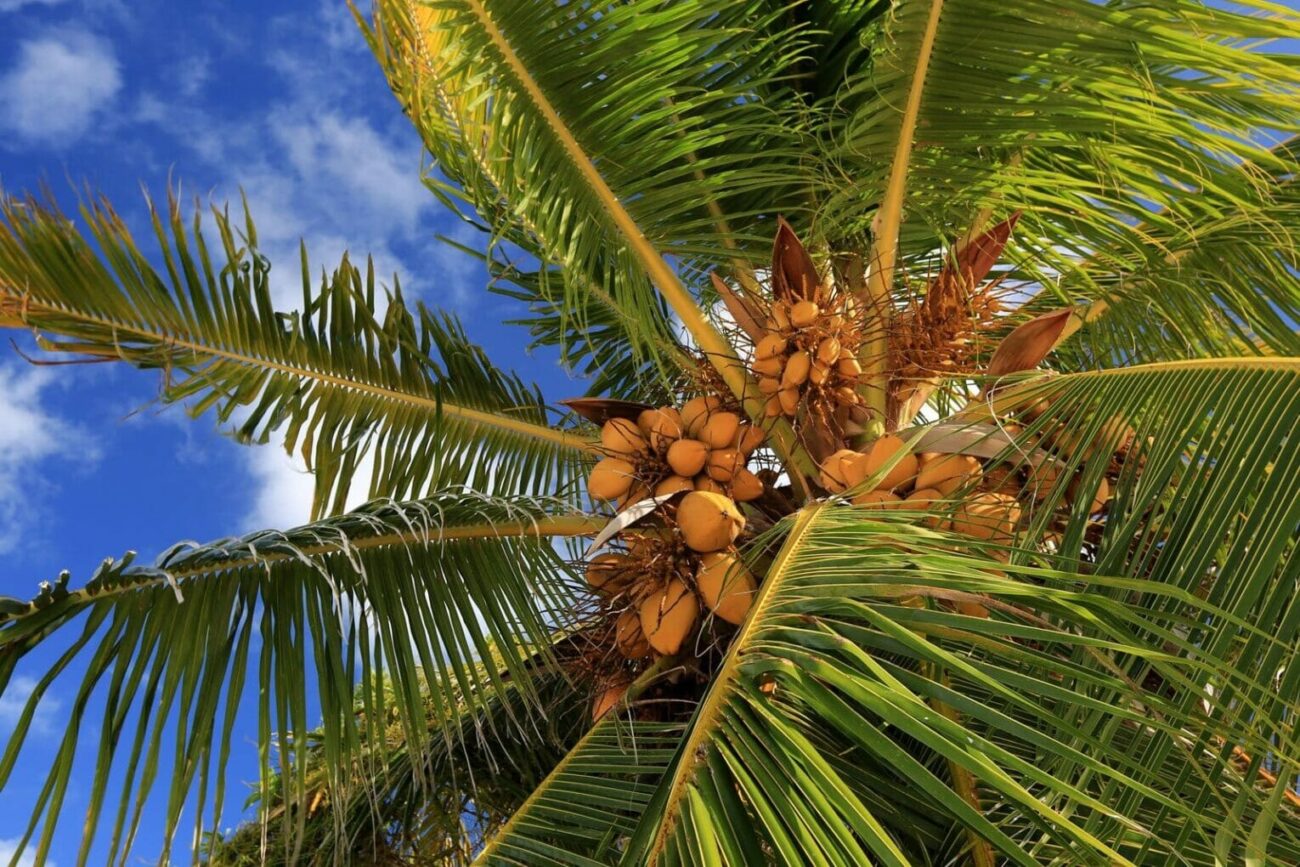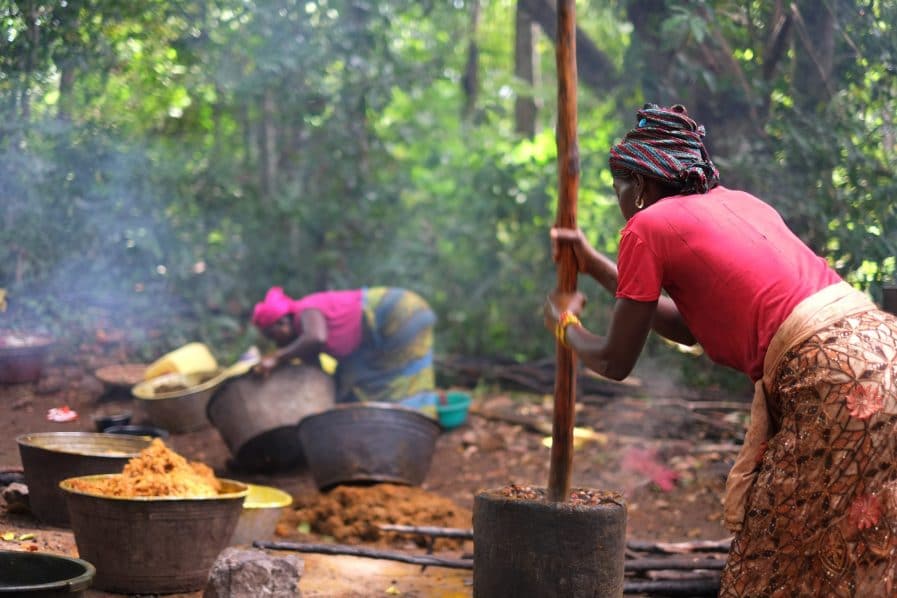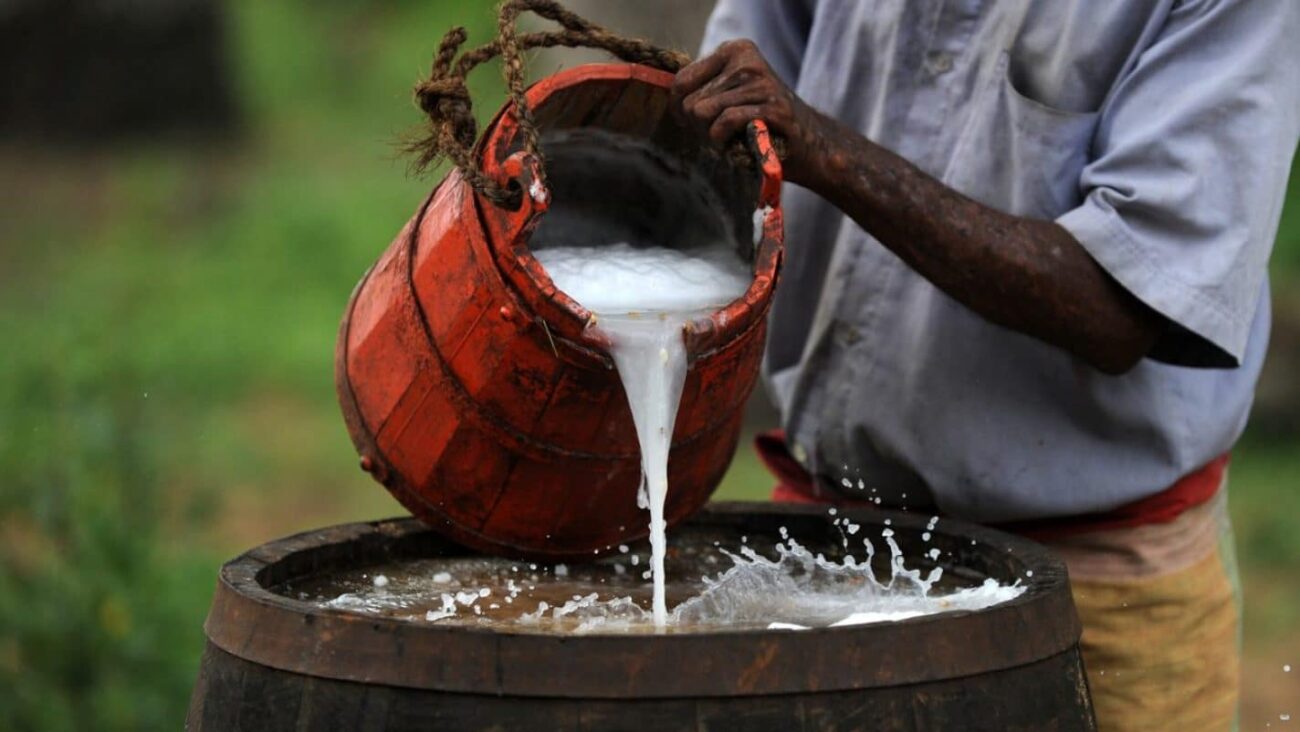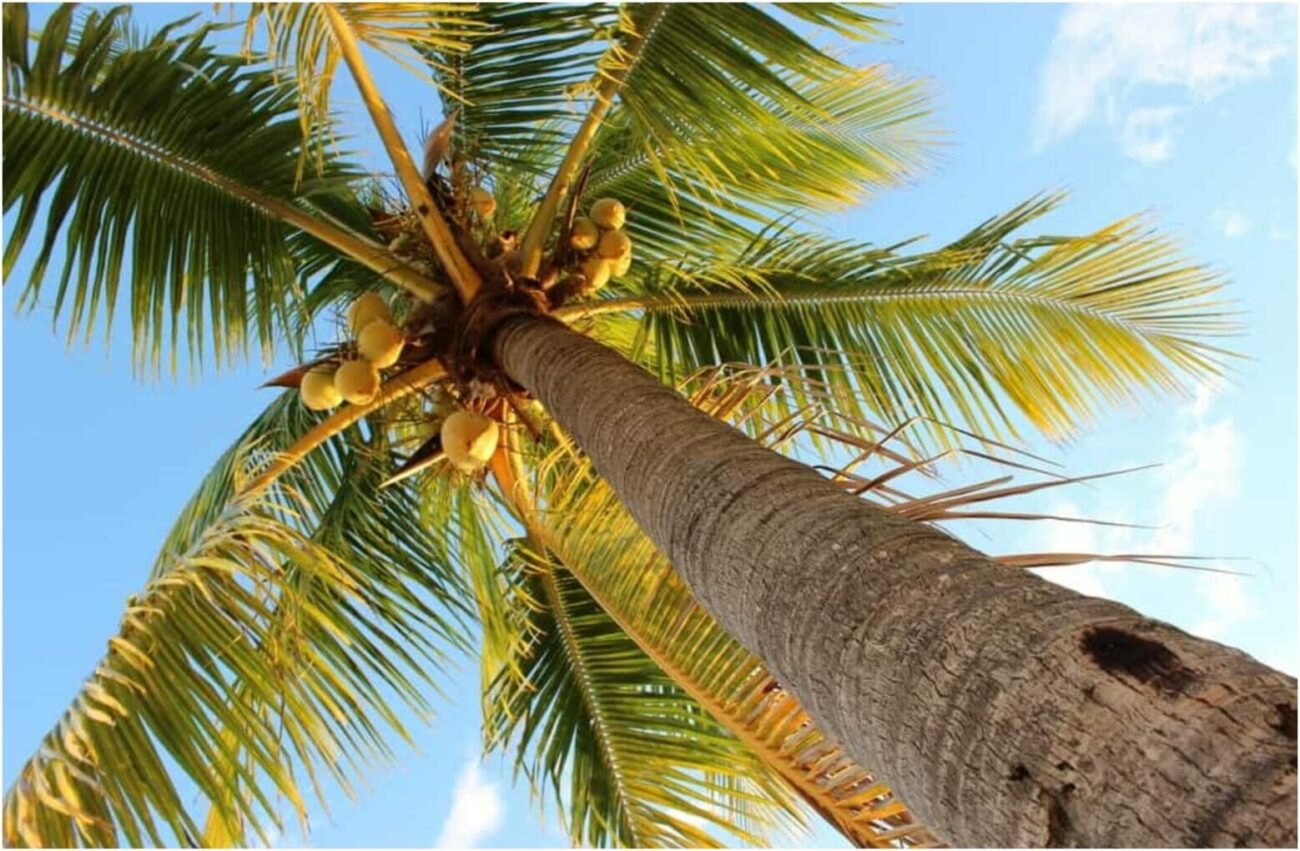A man typically forms relationships with people, but he can also form relationships with things in his environment, such as the personal relationship with a palm tree.
The palm tree’s holiness extends to both edible and non-food portions. For example, when consulting the oracles Fa(Fon), Afan (Ewe), and Ifa to determine the source of disease and the fate of dreams, they are deemed sacrosanct (Yoruba).
Some customs in West Africa use the roots of palm trees to ward off evil spirits, and Namibian brides use palm fonts to create crowns. An Igbo bride uses this wine to prove her husband’s identity, or in produce and other palm wine to these civilizations is primarily derived from the mystical attributions meted out to the palm tree as various tree sections are used for ritual acts. Let us not forget about palm oil, as no African home is complete without the presence of palm oil.

Palm wine is a popular drink in various parts of Africa, such as the Western and Central sections, and it is commonly seen at wedding ceremonies and traditional festivals. It plays an essential role in the communal structure and order of the community.
The groom’s family offers his potential in-laws jars of freshly brewed palm wine (ngwo) as one of the required prerequisites the groom’s family offers his potential in-laws at traditional wedding celebrations of specific ethnic groups in Nigeria.
This natural alcoholic drink can be sweet or sour depending on how fresh it is and the tree from which it was collected. Palm wine is made from sap extracted from the topmost section of the tree by experienced palm wine tappers.

The yeast contained in the tapped wine is allowed to ferment in the air for approximately two hours. When that is done, it is better to sell or eat it as quickly as possible since the longer it sits, the stronger the alcoholic character of the palm wine becomes.
Palm tree species can be found throughout tropical regions, including Africa, South America, Asia, and the Caribbean.
Several names know Palm wine in different regions of the world; in West Africa, Ghana, it is known as Doka, Yabra, and others; and in the eastern part of Indonesia, it is known as Saguer or Tuak. Bringing it back to Nigeria is embellished with various terminologies, such as nkwu enu, nkwu ocha, and oguro, to name a few. Palm wine has also been touted as an excellent source of yeast for maintaining good vision.

Furthermore, the palm tree is significant in African cultural situations. With at least 12 species, the tree provides palm wine, palm oil, and the fonts used to house and build businesses and outposts. Jesus rode on a donkey, and palm fonts were spread out on the floor for him to work on. We can see from this and other occurrences how vital the entity palm tree is to society’s survival and social structuring.
While some enjoy the fruits of the palm tree, others (Benin) keep the tree sacred by not cutting it down or using the kernels for manufacturing oils.
Palm wine has gained such cultural significance in many civilizations that it has found its way into African art forms.
Palm wine is presented to the office chief in nations such as Cameroon, a ritual act of giving allegiance and homage.
There is a social life centered on this natural brew in Nigeria and Cameroon, and palm wine has been considered to influence the craft of African songs. Merengue is now commonly referred to as palm wine music in Sierra Leone.







